In an era where air pollution has become a pressing global concern, the role of nature in mitigating environmental hazards cannot be overstated. Among the most effective natural solutions are certain plants that have demonstrated remarkable abilities to purify the air. These green warriors not only enhance the aesthetic appeal of our surroundings but also act as silent guardians against harmful pollutants. From bustling urban apartments to sprawling office spaces, incorporating these plants can significantly improve indoor air quality.
The concept of using plants to combat indoor air pollution isn’t new, but it has gained renewed attention as urbanization and industrialization continue to degrade air quality. Research has shown that certain species are particularly adept at absorbing toxins like formaldehyde, benzene, and trichloroethylene, which are commonly found in household products and building materials. These plants function as natural air filters, converting harmful substances into harmless byproducts through their metabolic processes.
One of the standout performers in this category is the Snake Plant, also known as Mother-in-Law’s Tongue. This hardy plant thrives in low-light conditions and requires minimal maintenance, making it a favorite among urban dwellers. What sets it apart is its ability to absorb carbon dioxide and release oxygen at night, a rare trait among plants. This makes it an ideal choice for bedrooms, where it can contribute to better sleep quality by improving air circulation.
Another powerhouse is the Spider Plant, celebrated for its resilience and rapid growth. It excels at removing formaldehyde, a common indoor pollutant emitted by paper products and synthetic fabrics. Its arching leaves and tiny white flowers add a touch of elegance to any space, while its air-purifying capabilities make it a practical addition to homes and offices alike. The plant is also non-toxic, making it safe for households with pets.
The Peace Lily is another remarkable contender, known for its striking white blooms and ability to neutralize a wide range of toxins. This plant is particularly effective at removing ammonia, a harsh chemical often found in cleaning products. Its lush foliage and elegant flowers make it a popular decorative piece, but its true value lies in its capacity to cleanse the air. However, it’s worth noting that the Peace Lily is toxic if ingested, so it should be kept out of reach of children and animals.
For those seeking a larger statement piece, the Rubber Plant is an excellent option. Its broad, glossy leaves are not only visually appealing but also highly efficient at filtering airborne toxins. The plant is especially adept at removing mold spores, making it a great choice for damp or humid environments. Its robust nature means it can thrive with minimal care, though it does prefer bright, indirect light.
The Boston Fern is another classic choice, often hailed as one of the most effective natural humidifiers. This plant excels at removing formaldehyde and xylene, a solvent used in leather and rubber industries. Its feathery fronds create a lush, tropical vibe, and it thrives in humid conditions, making it perfect for bathrooms or kitchens. Regular misting helps maintain its vitality, ensuring it remains a potent air purifier.
Lesser-known but equally impressive is the Bamboo Palm, a tropical plant that brings a touch of the exotic indoors. It’s particularly effective at filtering out benzene and trichloroethylene, chemicals often found in furniture wax and insecticides. The plant’s tall, graceful stems and arching leaves make it a stylish addition to any room, while its air-cleansing properties provide a breath of fresh air—literally.
The Aloe Vera plant is another multitasker, renowned for its medicinal properties as well as its ability to purify the air. It’s particularly effective at removing formaldehyde and benzene, which are emitted by paints and chemical cleaners. The gel inside its leaves can also be used to treat minor burns and skin irritations, making it a practical and health-boosting addition to any home.
Rounding out the list is the English Ivy, a versatile vine that can be grown in hanging baskets or trained to climb walls. Studies have shown that it can reduce airborne mold particles by up to 94%, making it a powerful ally for those with allergies or respiratory issues. Its cascading tendrils add a whimsical touch to interiors, while its air-purifying prowess ensures a healthier living environment.
Incorporating these plants into your living or working space is more than just a decorative choice—it’s a step toward better health and well-being. While they may not replace the need for proper ventilation or air purifiers entirely, their ability to naturally filter toxins makes them invaluable companions in our increasingly polluted world. Whether you’re a seasoned gardener or a novice plant parent, these green allies offer a simple yet effective way to breathe easier.
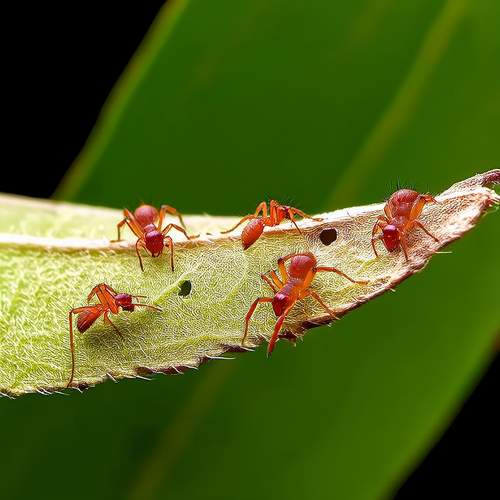
By /May 21, 2025

By /May 21, 2025

By /May 21, 2025

By /May 21, 2025

By /May 21, 2025

By /May 21, 2025
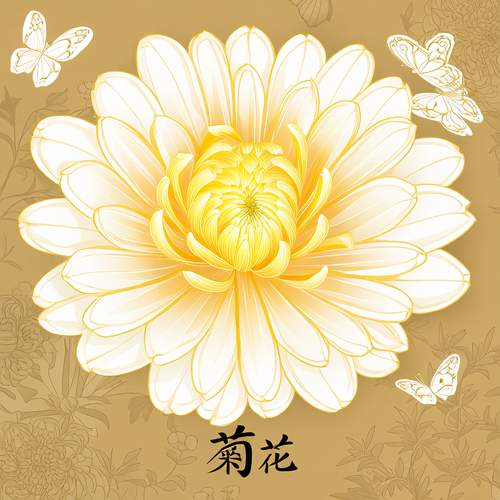
By /May 21, 2025
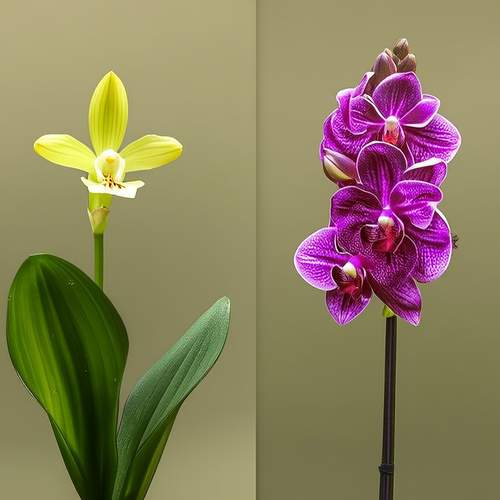
By /May 21, 2025
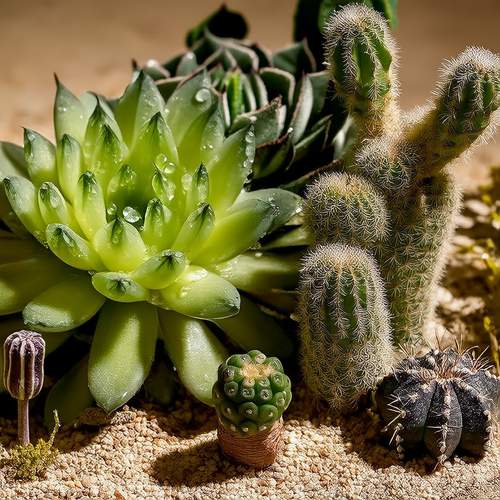
By /May 21, 2025
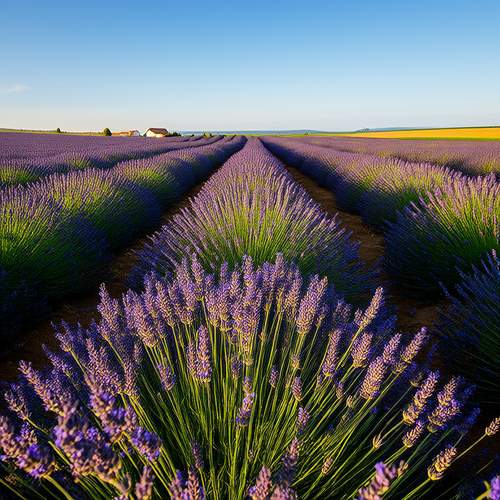
By /May 21, 2025

By /May 21, 2025
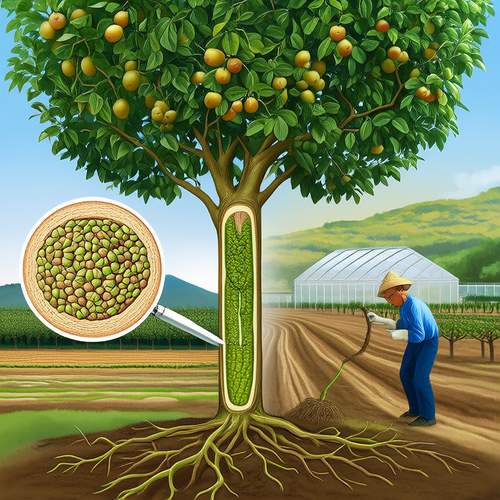
By /May 21, 2025

By /May 21, 2025

By /May 21, 2025
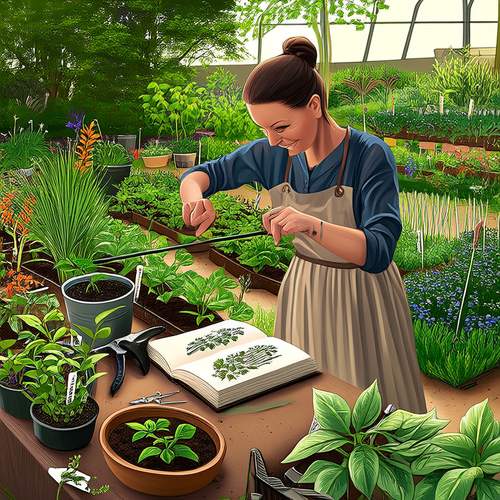
By /May 21, 2025

By /May 21, 2025

By /May 21, 2025
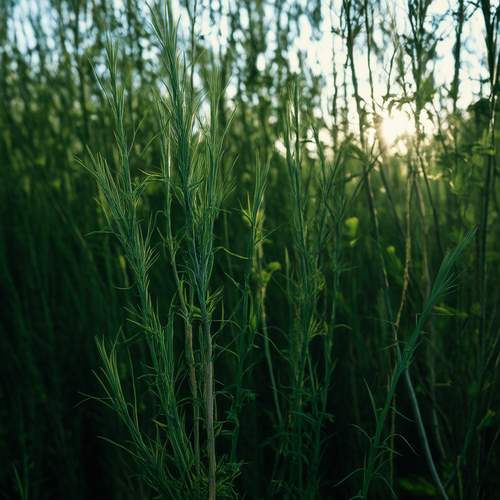
By /May 21, 2025

By /May 21, 2025
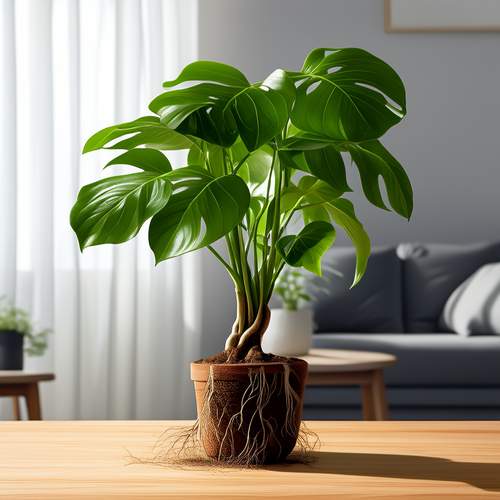
By /May 21, 2025